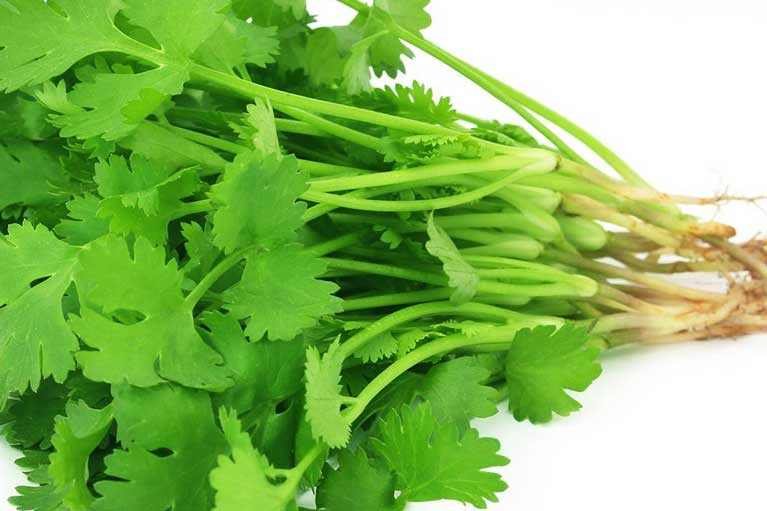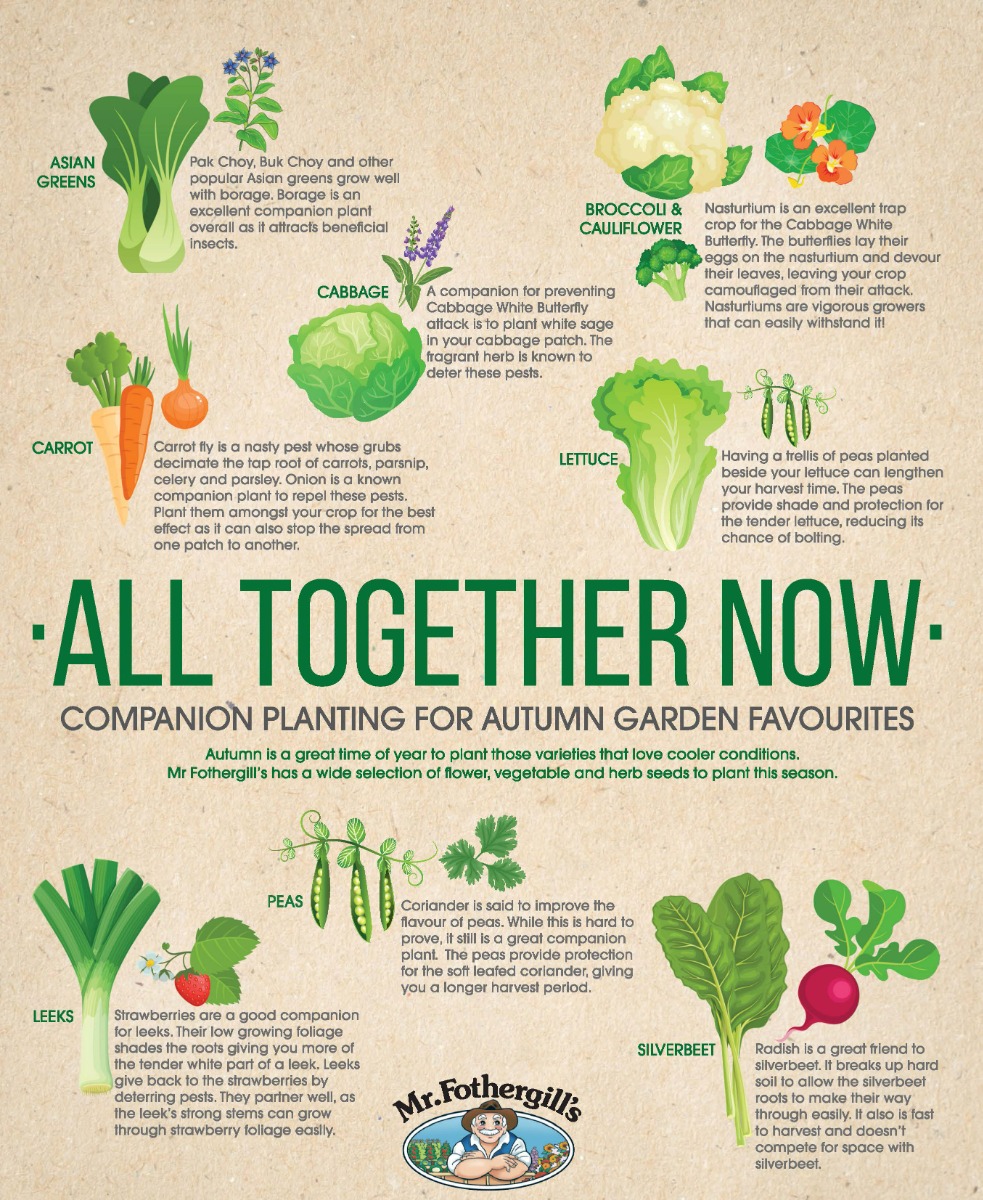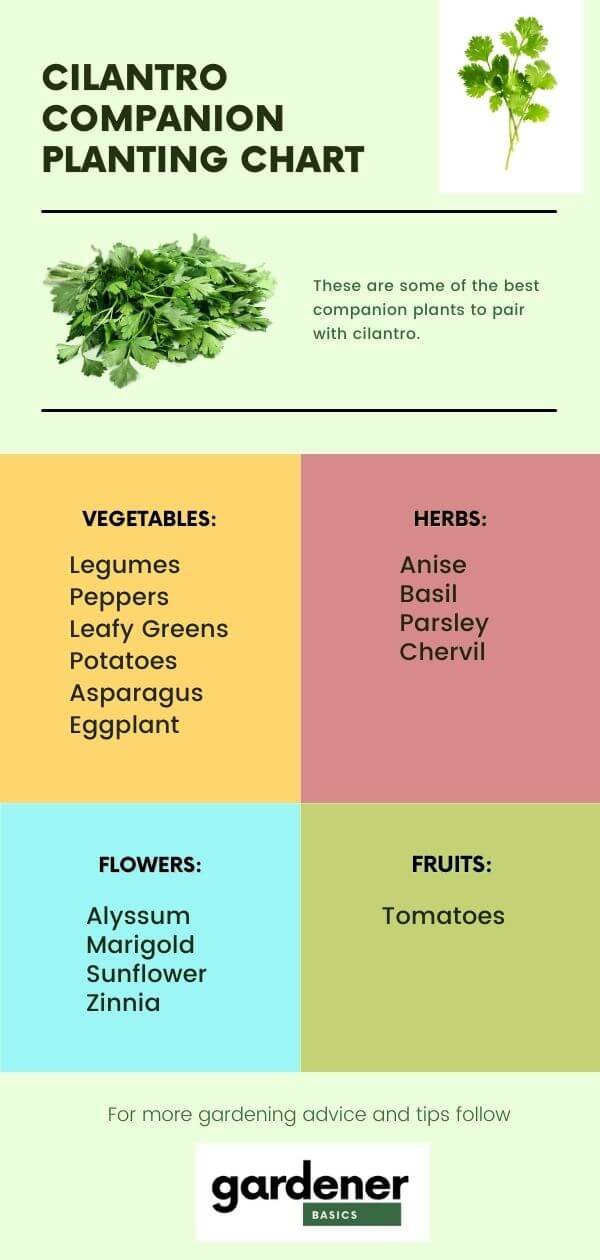The Best Companion Plants For Cilantro
Title: The Best Companion Plants for Cilantro
Introduction:
Cilantro is a flavorful herb that is often used in Mexican, Asian, and Mediterranean cuisine. It has a bright, citrusy flavor that can add a delicious pop of freshness to any dish. Cilantro is also a relatively easy herb to grow, and it can be planted in gardens or containers.
One of the best things about cilantro is that it is a great companion plant. Companion planting is the practice of planting certain types of plants together in order to benefit each other. When you plant companion plants together, they can help to deter pests, improve soil quality, and even increase each other's yields.
In this blog post, we will discuss some of the best companion plants for cilantro. We will also provide some tips on how to plant and care for these plants together.
Main Content:
Nitrogen-fixing plants: Cilantro is a heavy feeder, so it benefits from being planted near nitrogen-fixing plants. Nitrogen-fixing plants, such as beans, peas, and alfalfa, can help to improve the soil quality and provide cilantro with the nutrients it needs to thrive.
Tall flowers: Cilantro can be susceptible to pests and diseases in hot weather. Tall flowers, such as sunflowers, cosmos, and zinnias, can provide shade for cilantro and help to protect it from the sun.
Leafy vegetables: Cilantro's umbrella-shaped flowers attract beneficial insects, such as ladybugs and lacewings. These insects help to control pests that can damage leafy vegetables. As a result, cilantro is a great companion plant for leafy vegetables, such as spinach, lettuce, and kale.
Other herbs: Cilantro can be planted with other herbs, such as basil, parsley, and mint. These herbs have similar growing requirements and can help to deter pests.
Tips for planting companion plants: When planting companion plants, it is important to consider their sunlight and water requirements. Cilantro prefers full sun and moist soil. Make sure to plant companion plants that have similar sunlight and water needs.
It is also important to plant companion plants that are not susceptible to the same pests and diseases. For example, cilantro is susceptible to aphids, so you should avoid planting it near plants that are also susceptible to aphids.
Conclusion:
Cilantro is a versatile herb that can be grown in many different gardens. By planting it with companion plants, you can help to improve its growth and deter pests. With a little planning, you can enjoy fresh cilantro all season long.
Cilantro is a delicious and versatile herb that can be used in many different dishes. But did you know that it can also be a great companion plant for other vegetables and flowers?
Some of the best companion plants for cilantro include:
- Legumes: Legumes, such as beans and peas, fix nitrogen in the soil, which can help to improve the growth and health of cilantro plants.
- Tomatoes: Tomatoes can provide shade for cilantro plants, which can help to prevent them from bolting (flowering and going to seed prematurely).
- Tall flowers: Tall flowers, such as sunflowers and marigolds, can provide shade for cilantro plants and also attract beneficial insects that help to control pests.
For more information about cilantro companion plants, please visit Home Gardening.
FAQ of coriander companion plants
- What are the best companion plants for coriander?
Some of the best companion plants for coriander include:
* Legumes: Legumes, such as peas and beans, are nitrogen-fixing plants, which means they add nitrogen to the soil. This is beneficial for coriander, as it is a heavy feeder.
* Leafy vegetables: Leafy vegetables, such as lettuce, spinach, and kale, attract beneficial insects that help to control pests. This is beneficial for coriander, as it is susceptible to pests such as aphids and spider mites.
* Tall flowers: Tall flowers, such as sunflowers, marigolds, and cosmos, can provide shade for coriander during hot weather. This can help to prevent coriander from bolting (flowering prematurely).
* Tomatoes: Tomatoes can provide shade for coriander and help to extend its growing season. However, it is important to note that tomatoes do not like nitrogen-rich soil, so it is best to plant them at least 2 feet away from coriander.
- What are some plants that should not be planted near coriander?
Some plants that should not be planted near coriander include:
* Carrots: Carrots and coriander are both susceptible to the same pests, so planting them together can increase the risk of pest infestation.
* Fennel: Fennel and coriander have similar flavors, so planting them together can make your food taste too strong.
* Melons: Melons and coriander compete for the same nutrients, so planting them together can stunt the growth of both plants.
* Peppers: Peppers and coriander can attract the same pests, so planting them together can increase the risk of pest infestation.
- How often should I water coriander?
Coriander needs to be watered regularly, especially during hot weather. The soil should be kept moist, but not soggy.
- When should I fertilize coriander?
Coriander benefits from light fertilization. You can fertilize it once or twice during the growing season with a balanced fertilizer.
- When is the best time to sow coriander seeds?
Coriander seeds should be sown in the spring or fall. They will germinate best in soil that is warm and moist.
- How long does it take coriander to grow?
Coriander can be harvested in as little as 30 days. However, the leaves will taste the best if you harvest them when they are young and tender.
Image of coriander companion plants
- Dill: Dill is a great companion plant for coriander because they both attract beneficial insects, such as ladybugs and hoverflies. Dill also helps to repel pests, such as carrot flies and cabbage moths.
- Carrots: Carrots and coriander are both members of the Apiaceae family, and they benefit from being planted together. Carrots help to deter the carrot fly, which is a common pest of carrots. Coriander helps to improve the flavor of carrots.

- Basil: Basil is a popular herb that can be grown alongside coriander. Basil helps to repel mosquitoes and other pests, and it also improves the flavor of coriander.
- Onions: Onions and coriander are both known to repel pests, such as aphids and whiteflies. They can also help to improve the flavor of each other.
- Lettuce: Lettuce and coriander are both cool-weather crops that can be planted together. Lettuce provides shade for coriander, which helps to protect it from the hot sun. Coriander helps to deter pests, such as slugs and snails, from lettuce.

- Tomatoes: Tomatoes and coriander can be planted together in the same garden bed. Tomatoes benefit from the presence of coriander, which helps to improve the flavor of their fruit. Coriander also helps to repel pests, such as whiteflies and aphids.
- Peas: Peas and coriander are both nitrogen-fixing plants, which means that they can help to improve the soil quality in your garden. They can also be planted together to provide a visual contrast.

- Marigolds: Marigolds are a popular flower that can also be grown as a companion plant for coriander. Marigolds help to repel pests, such as nematodes and whiteflies. They also help to improve the flavor of coriander.

Post a Comment for "The Best Companion Plants For Cilantro"